Giorgetto & Fabrizio Giugiaro
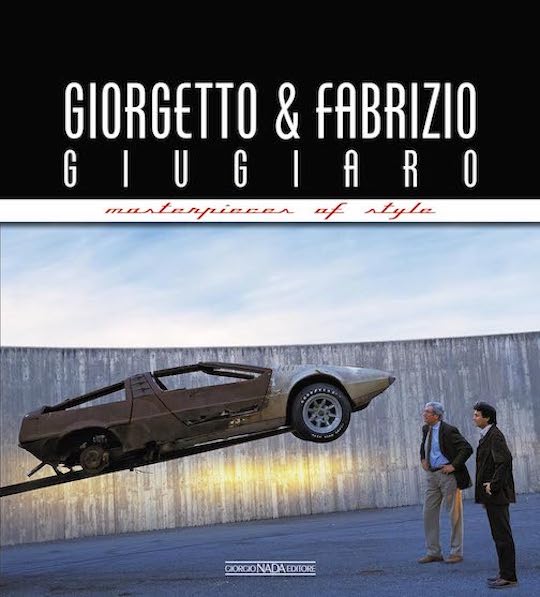 by Luciano Greggio
by Luciano Greggio
“When tracing the professional profile of an authentic artist like Giorgetto Giugiaro we have to go back to the earliest days of his schooling when, in the family workshop, he began to explore the bewitching world of drawing and painting. He drew inspiration from this extraordinary youthful baggage when creating his first cars at Bertone, designs that gave him immense personal satisfaction and a growing awareness of his ability to tackle the most demanding of projects.”
So, how’s that Ferrarina doing? Never seen one? Well, it wasn’t built under that name, even though it had been commissioned by Ferrari. Instead it became the ASA 1000 GT. But you probably haven’t seen that one either, which is why books are such a splendid resource.
This particular book, in fact, is already on its second life, an improved version of its first iteration from only a few years ago titled Giugiaro: Masterpieces of Style (2019). The clue is the new book’s title: combine the initials of the names and you get GFG, as in GFG Style, the design consultancy father and son founded in 2015 as a successor to Italdesign. Plenty has happened at GFG since that 2019 book so this new edition runs some 50 pages longer; also, the first version is sold out anyway. Both are part of this publisher’s ongoing “Masterpieces of Style” series, all written by the same author and styled alike.
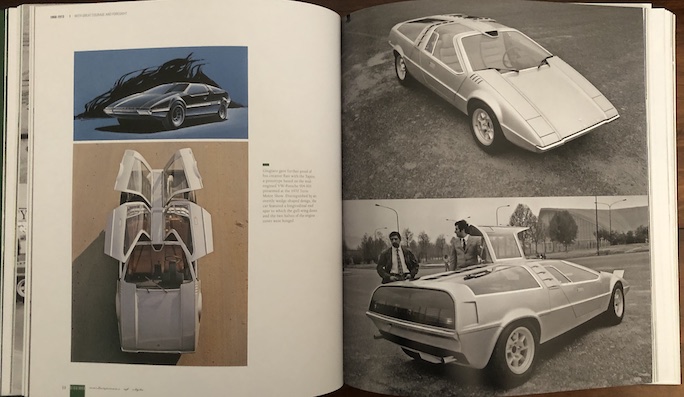
The Tapiro prototype of 1970. Looks smart. And smarter still when you consider that it is based on the Porsche 914.
Styling is of course the theme here and this book tells that story against the larger backdrop of design in the real world of budgets, manufacturing requirements, and regulations. If all you think is supercars or concept cars when you hear “Giugiaro” you may have forgotten that such utilitarian machinery as the VW Golf or Alfa Romeo Alfasud or Fiat Panda or even a 1976 study for a New York taxi also sprang from his fertile mind. If this book proves anything, it is that Giorgetto Giugiaro (b. 1938) understood the designer’s role in working to any client’s brief, and in his case in particular, being on equally sure footing in artisanal one-offs and mass production on a global scale. He has been called the most prolific car designer in the automotive industry—some 250 of his 400+ designs (more if you count GFG projects) became production vehicles which translates to about 60 million cars built! He, and his son Fabrizio who joined up in 1991, can probably not cross a street without seeing one of their designs.
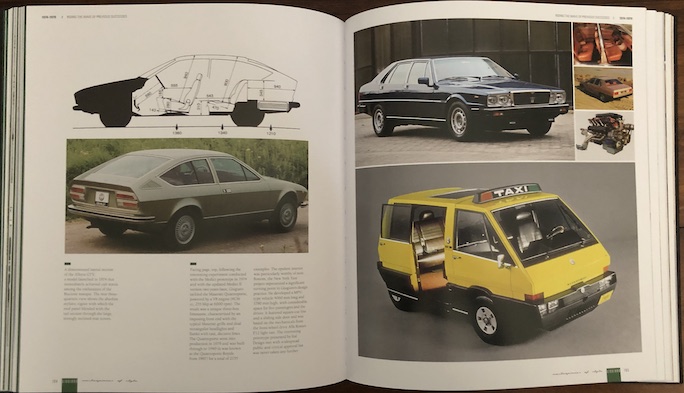
The New York taxi for the MOMA exhibit. While it was not built it spawned a whole new segment.
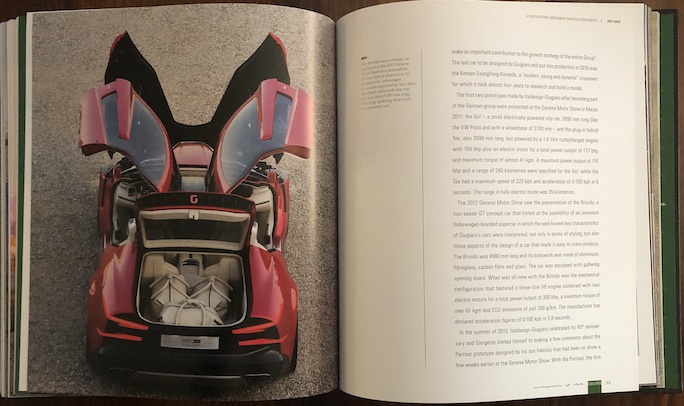
“My other car is a Volkswagen!” No shame having this one in the driveway, the 2012 VW Brivido. The brief for the Golf and also the Alfasud had been to design cars that had “no previous models of reference in the relative segments,” which means that Giugiaro’s solutions were far more radical than the layperson gives them credit for. This 4-seat gullwinged wonder is plenty radical and was introduced as an “imminent VW-branded supercar.” Never happened. Just like the Synchro of 1997 or the VW Roadster of 1998.
Many of the structural comments we made about the earlier books in the series apply here as well (no timeline, no index, no list of projects etc. so a reader does have to take an active role in getting the most from the book) but this time the text is quite satisfyingly deep. The book is also well illustrated and the photos thoroughly captioned; they are often large so it is no surprise that they cannot always remain in synch with the text but it is a surprise that there are a lot of cases where [different] images of the same car are shown several pages apart. On the upside it forces the reader to actively pay attention, on the downside you might miss something—but everything to grasp the arc of Giugiaro’s development and output is here. From Giorgetto’s first job—at 17!—at Fiat’s Office of Styling Studies (where “he became bored with colouring the chrome-plated hubcaps”) to “the effervescent and prolific relationship” with Bertone to the “harsh and unpleasant relationship he endured with Alejando de Tomaso” to eventually striking out on his own, the book connects all the essential dots.
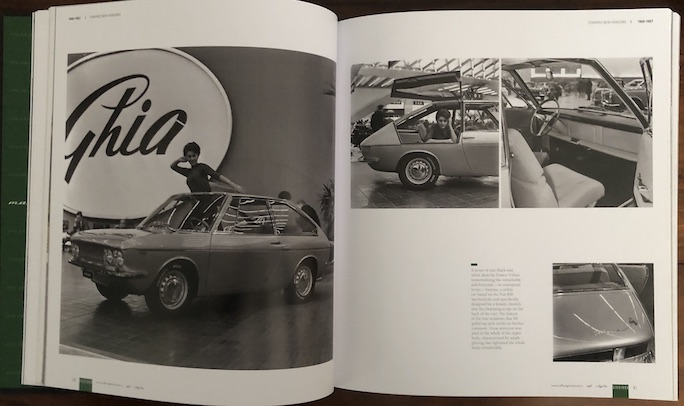
Of Ghia (also on the page below) Greggio writes this hilarious sentence: “. . . a healthy number of prototypes, some of which were only destined to create a degree of curiosity regarding their creator.”
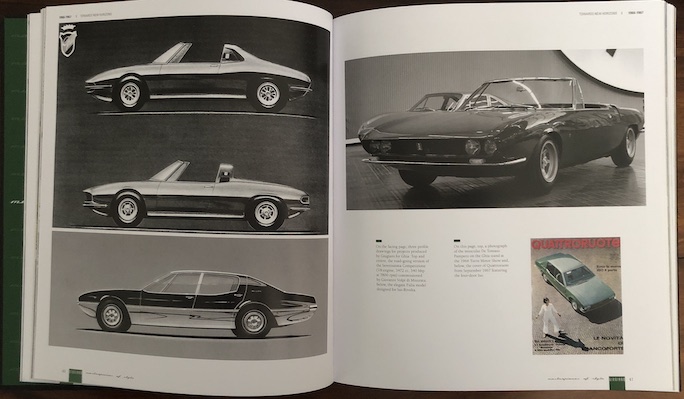
We show this page merely to make the point that readers have to be on their toes. The car bottom right is the Iso Rivolta S4. This same shot (but with a different woman) is also shown in the Ghia book in this series—but there the image is flopped, as if the car was right-hand drive! Why commit such enforced errors??
It is no demerit to say that as a stand-alone book this one is perfectly fine but it is the “Masterpieces of Style” series as a whole that has a specific purpose and bibliophile appeal.
Greggio is a solid writer with a number of competent books to his name but it is probably true that the constraint of tailoring his Giugiaro to fit the scope of the overall series is keeping it from taking the crown as “the definitive monograph” claimed by the 480-page honker Giorgetto Giugiaro: The Genius of Design (Rizzoli, 2015) by Giuliano Molineri who as Giugiaro’s biographer and general manager at Italdesign definitely was as close to the source material as is possible (he had already tackled the subject in 1999 with the slim Giorgetto Giugiaro & Fabrizio: Italdesign in the “Car Men” series for Automobilia, and others).
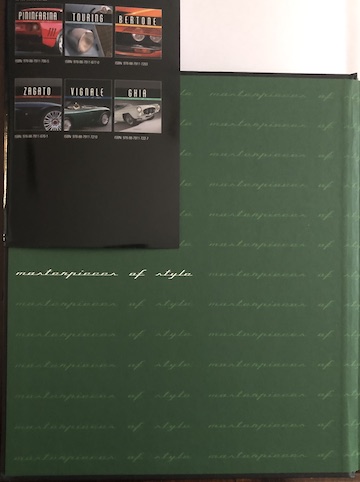
A design note: books conceived from the outset as a series require forethought in regards to recurring elements such as titles, graphic devices, typography, colors etc. These books have that, and they also share an oddity. The endpapers front and back are imprinted with the series title, and one of them, on the inside cover, is highlighted in white. If that is to draw the eye to it, then what is the point of covering it 90% with the flap of the dust jacket?? It only makes sense if the designer assumed that readers will discard the dust jacket.
A minor matter: the book is arranged chronologically so it should be easy enough to find something related to a tidbit that came to light in 2019. On the occasion of the 40th anniversary of Auto&Design magazine Giugiaro revealed a secret he had held for half a century—that he had used the pseudonym Paul Sybille on a number of sports car drawings in 1963 to avoid getting into trouble with his bosses at Bertone. The book does not mention that, possibly because its manuscript was already locked up at that time; it does cover the 2018 launch of the Sibylla electric car, attributing the name to a figure from Latin mythology and also his mother, Maria Sibilla. An Index! A kingdom for an Index!
Copyright 2023, Sabu Advani (Speedreaders.info)


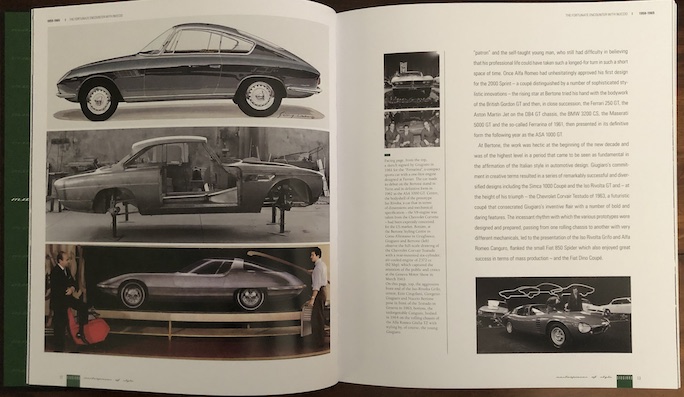
 RSS Feed - Comments
RSS Feed - Comments

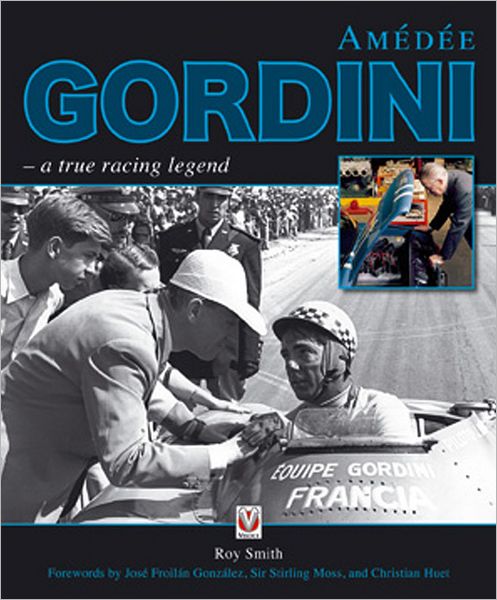
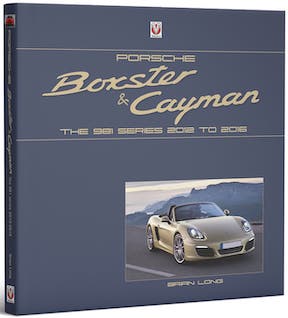




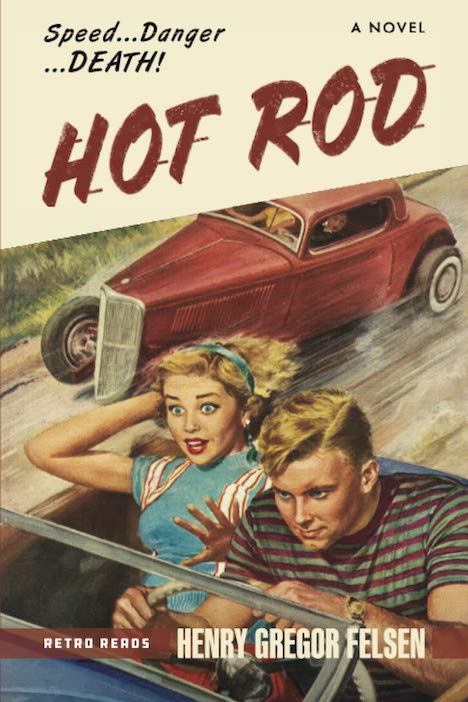






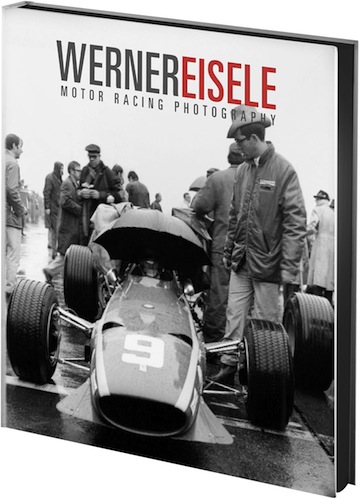



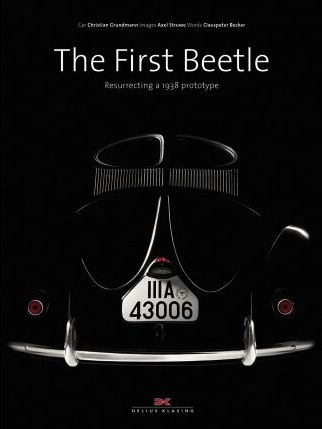
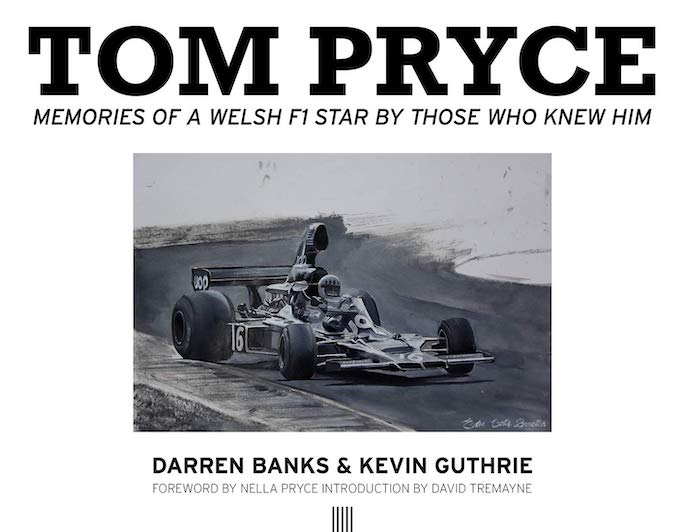

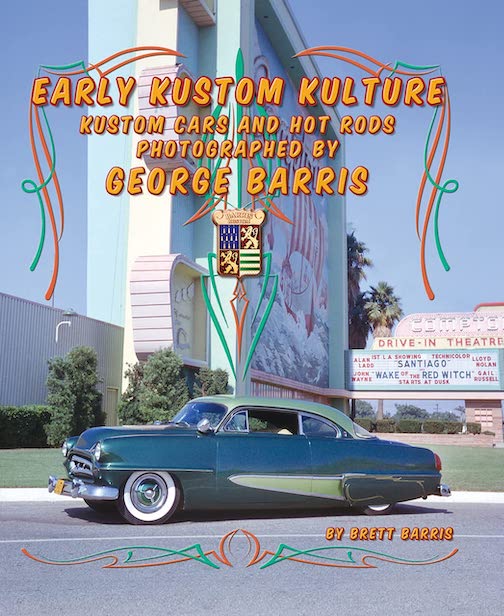




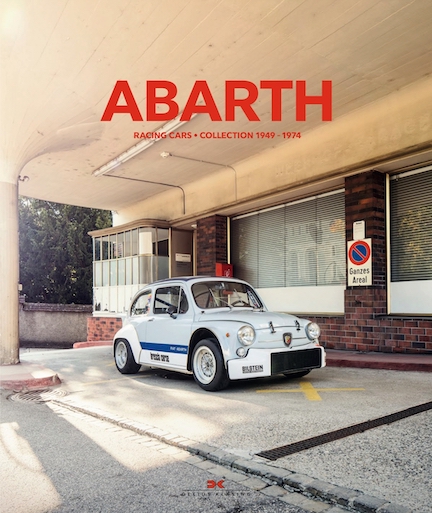


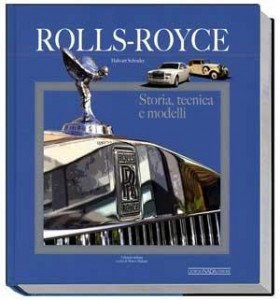
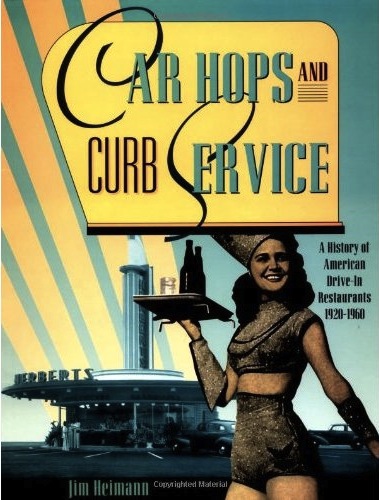

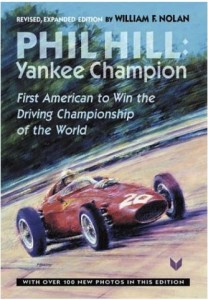



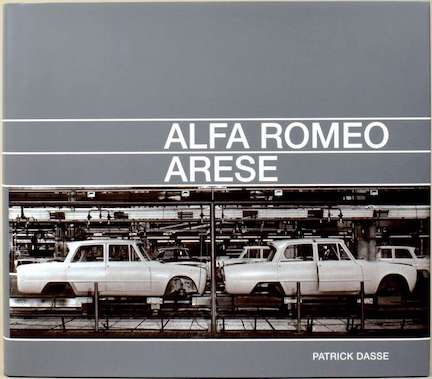

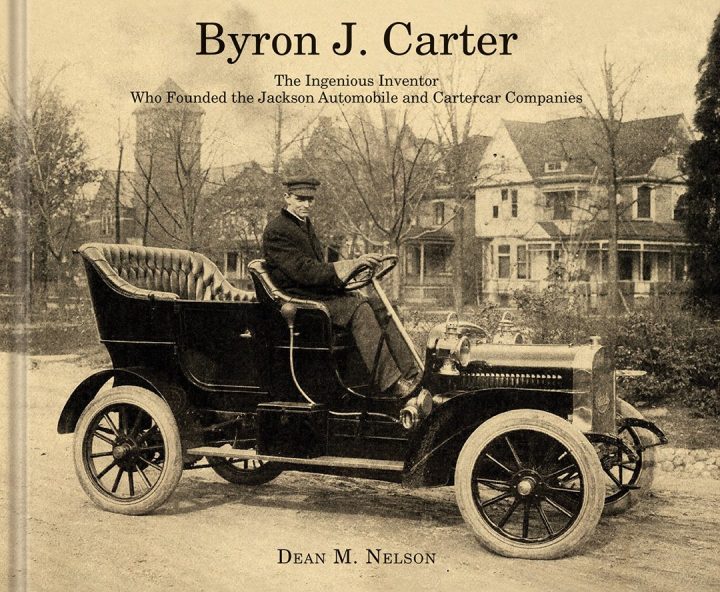
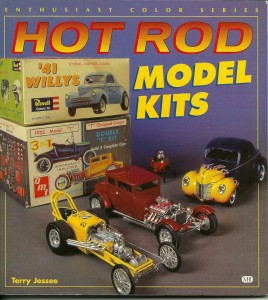




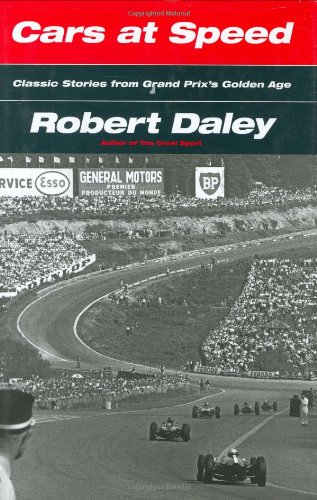
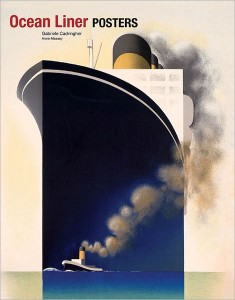

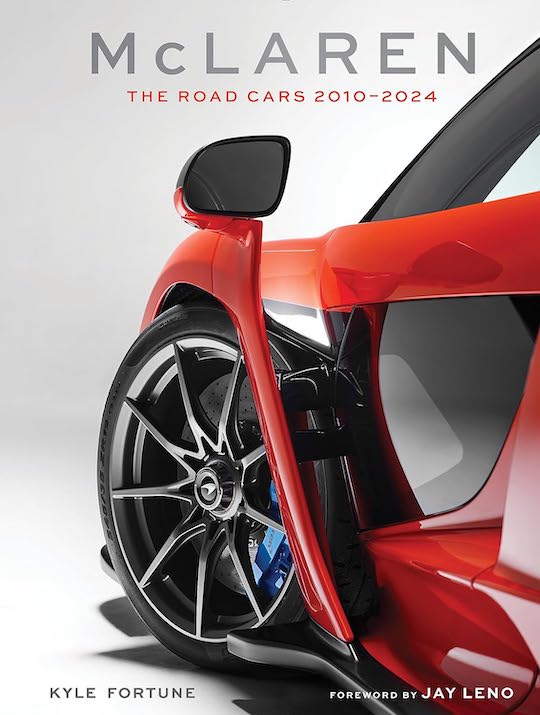


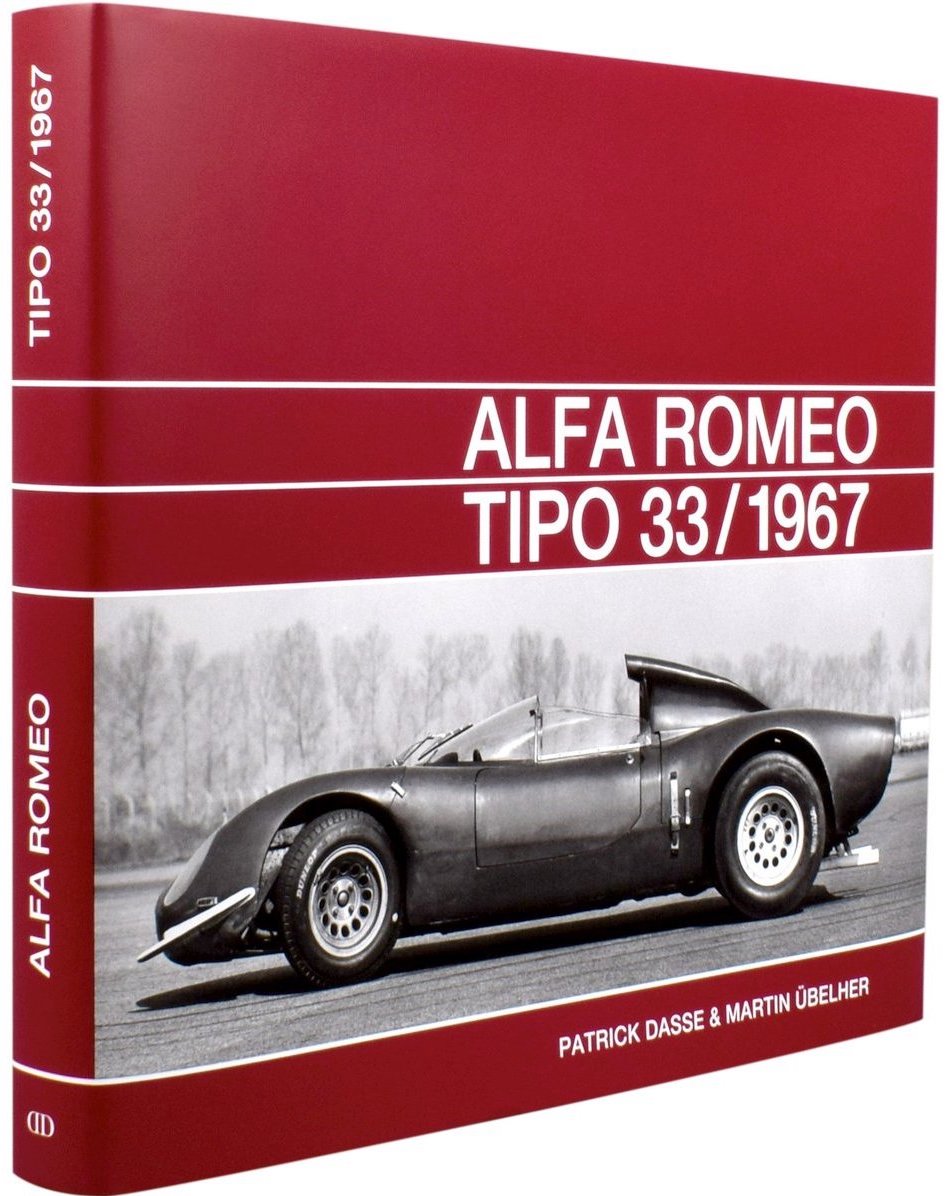

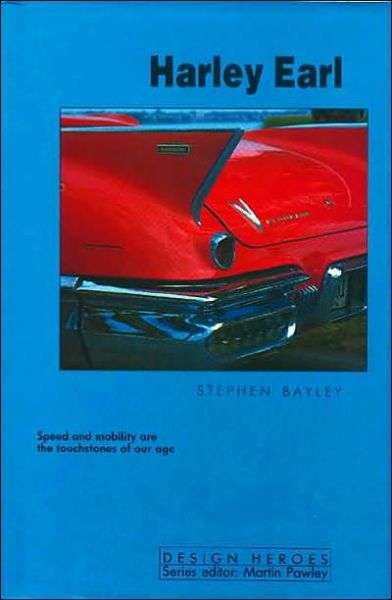
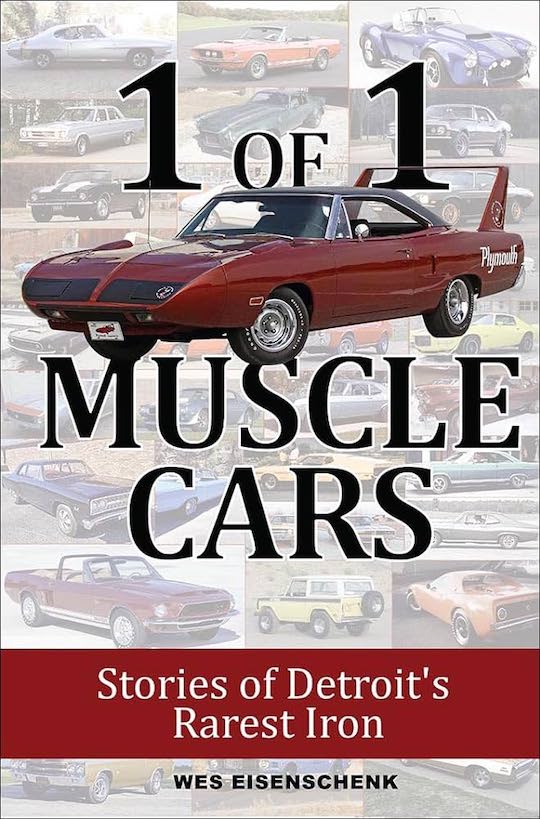


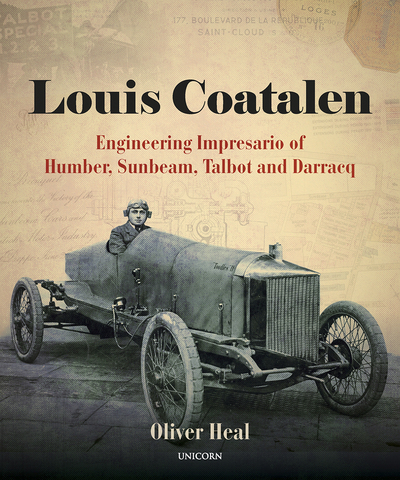





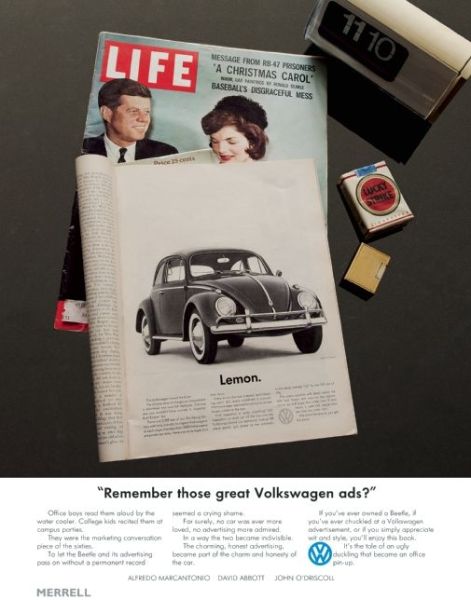


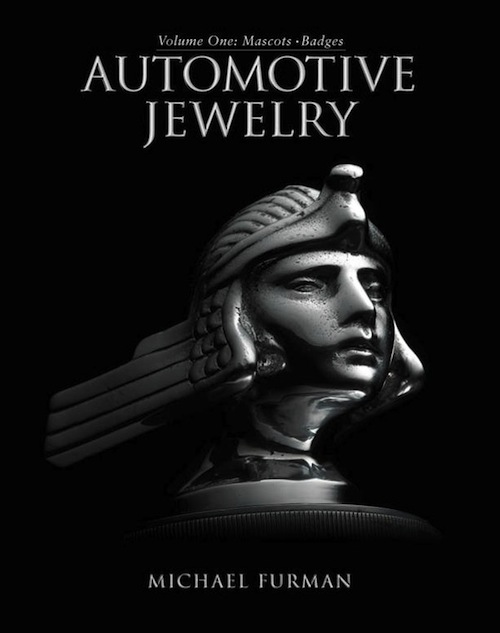



 Phone / Mail / Email
Phone / Mail / Email RSS Feed
RSS Feed Facebook
Facebook Twitter
Twitter